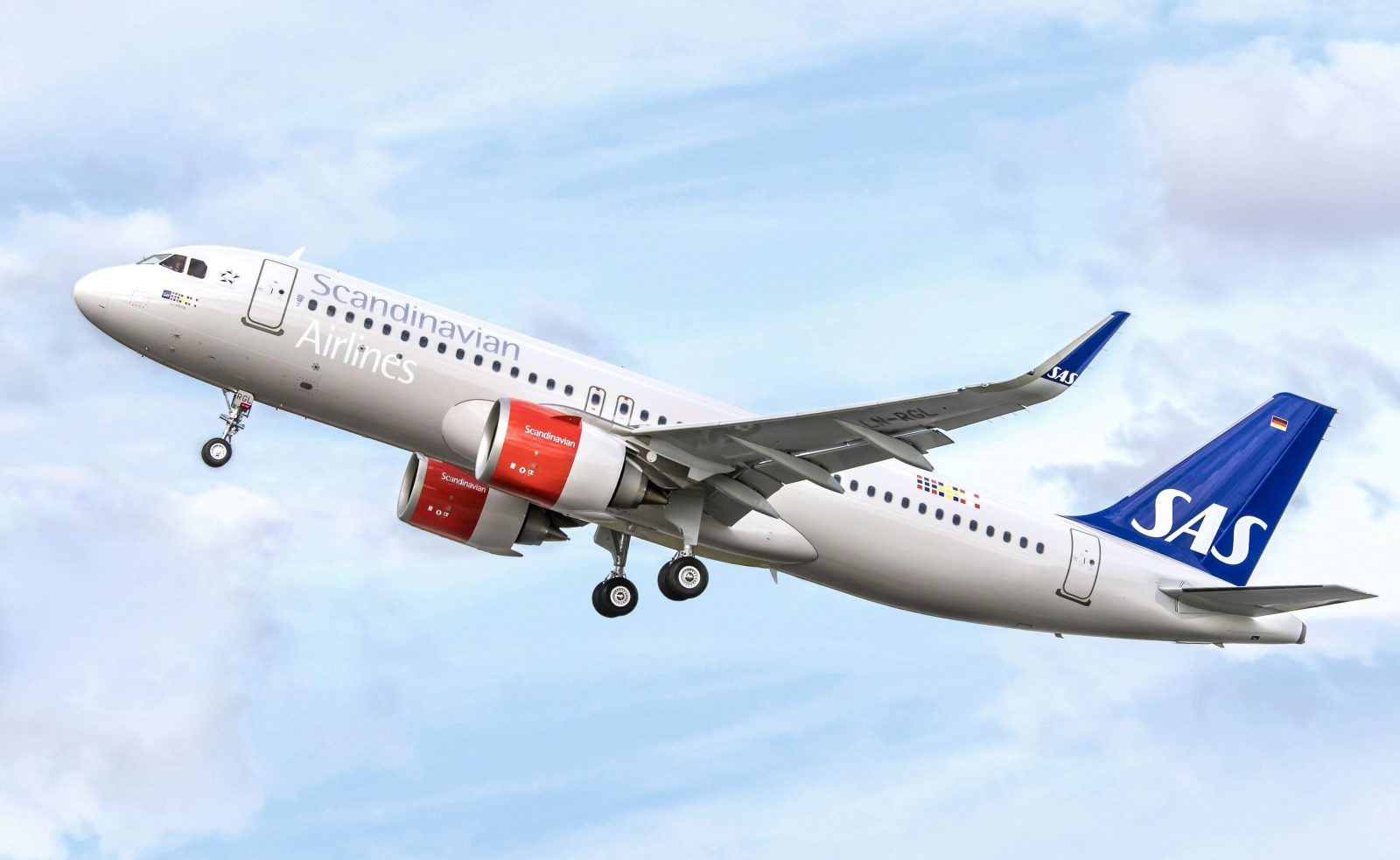
A strike by pilots at pan-Scandinavian airline SAS, which is expected to have cost more than $145 million, has finally ended after more than two weeks following the conclusion of protracted negotiations.
The strike resulted in SAS applying for Chapter 11 bankruptcy protection in the United States and the new five-and-a-half-year collective bargaining agreement with four pilot unions will also require approval from a U.S. judge.
Pilots walked off the job on July 4 over plans by SAS to drastically cut costs by slashing wages and hiving off hundreds of pilots into subsidiary airline companies which wouldn’t offer nearly as many benefits as working for the mainline SAS brand.
“I am pleased to report that we now have come to an agreement with all four pilot unions for SAS Scandinavia and the strike has ended. Finally, we can resume normal operations and fly our customers on their much longed-for summer holidays,” commented SAS president and chief executive Anko van der Werff on Tuesday.
The strike action saw SAS cancel at least 50 per cent of its planned schedule over the last two weeks resulting in nearly 3,700 flight cancellations that stranded around 380,000 passengers.
Already struggling to secure new financing as part of a much-needed reorganisation, SAS had warned that the pilot’s strike could tip the airline over the edge.
The agreement sees pilots agreeing to productivity increases, as well as accepting some cuts to pay, benefits and work guarantees. In return, SAS commit to rehiring 450 pilots over the next two years.
Mateusz Maszczynski honed his skills as an international flight attendant at the most prominent airline in the Middle East and has been flying ever since... most recently for a well known European airline. Matt is passionate about the aviation industry and has become an expert in passenger experience and human-centric stories. Always keeping an ear close to the ground, Matt's industry insights, analysis and news coverage is frequently relied upon by some of the biggest names in journalism.








The strike did NOT result in SAS applying for Chapter 11 bankruptcy protection in the United States.
SAS management had already planned on applying for Chapter 11 bankruptcy in the US well before the strike took place. It was SAS management’s pressing the button to go ahead with the move to use Chapter 11 that resulted in the strike since the bankruptcy scheme signaled to the pilots that a negotiated settlement over recall and retention terms for pilots were were not SAS management’s priority and that SAS management were not negotiating in good-faith. That is when the strike took place. Until that point, the pilots were only huffing and puffing but not blowing the house down.